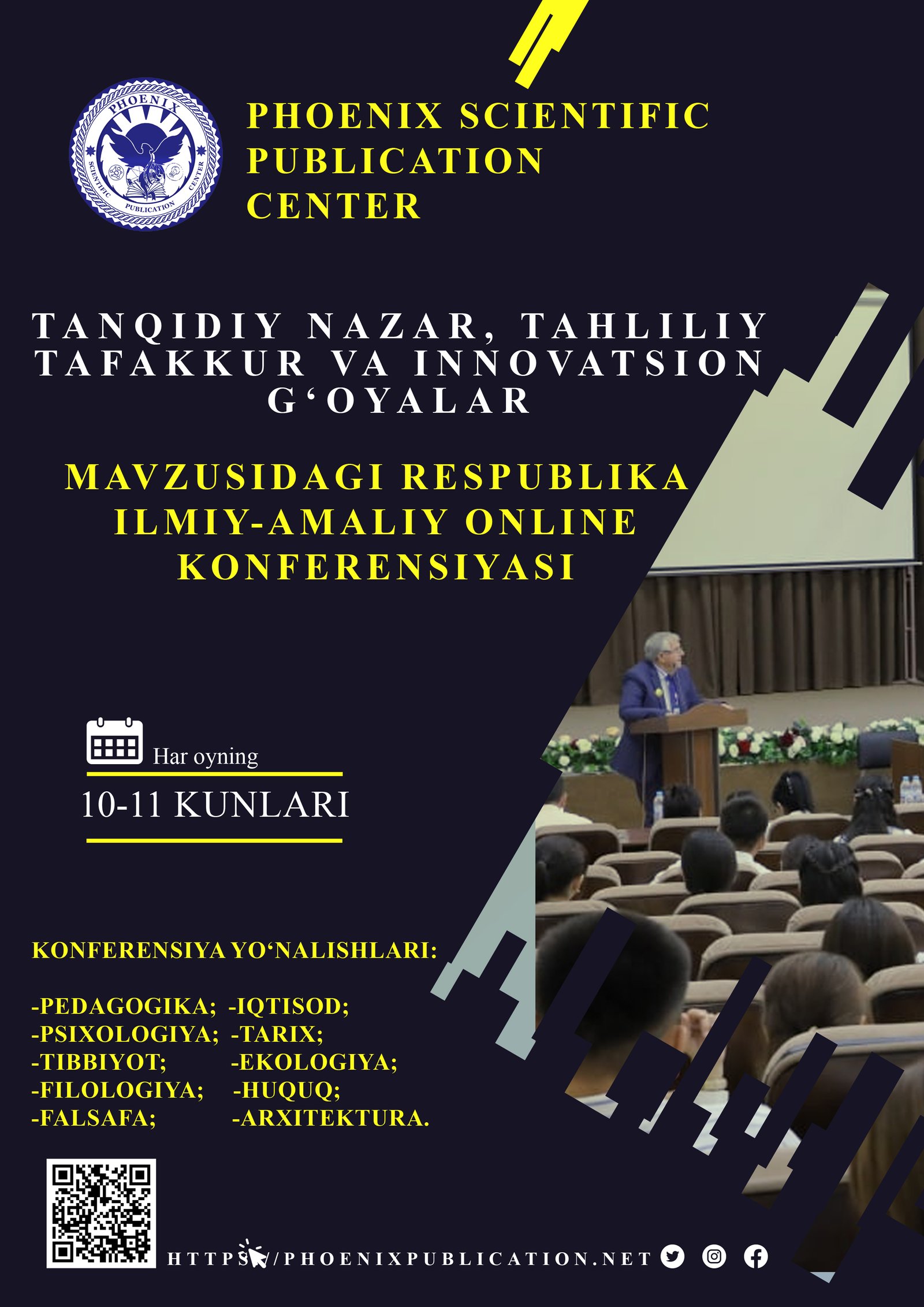Abstract
This article explores the role of forensic linguistics in identifying misinformation and speech manipulation within English and Uzbek news articles. The study focuses on linguistic markers, manipulative strategies, and pragmatic features that influence audience perception. By comparing articles from both languages, the research highlights how lexical choices, syntactic structures, and discourse strategies are used to distort facts, create bias, or mislead readers. The paper also examines the socio-political context shaping misinformation in both media landscapes. Through forensic linguistic analysis, the research aims to contribute to media literacy, offering tools to detect manipulation and false information. It emphasizes the need for critical reading skills and linguistic expertise in evaluating news content. The findings provide valuable insights for linguists, media analysts, and journalism professionals engaged in combatting misinformation in both English and Uzbek media.
References
1. Coulthard, M., & Johnson, A. An Introduction to Forensic Linguistics: Language in Evidence. – London, Routledge, 2007. – 234 p.
2. Olsson, J. Wordcrime: Solving Crime Through Forensic Linguistics. – London, Bloomsbury Academic, 2013. – 320 p.
3. Crystal, D. Language and the Internet. – Cambridge, Cambridge University Press, 2006. – 289 p.
4. Fairclough, N. Media Discourse. – London, Edward Arnold, 1995. – 214 p.
5. Karimov, B. Lisoning manipulyatsiya usullari va ularning O‘zbek matbuotida namoyon bo‘lishi. – Toshkent, Fan, 2018. – 176 b.
6. Shoazimov, S. O‘zbek matbuotida axborot manipulyatsiyasi usullari. – Toshkent, O‘zbekiston, 2020. – 154 b.
7. Richardson, J. E. Analysing Newspapers: An Approach from Critical Discourse Analysis. – London, Palgrave Macmillan, 2007. – 263 p.
